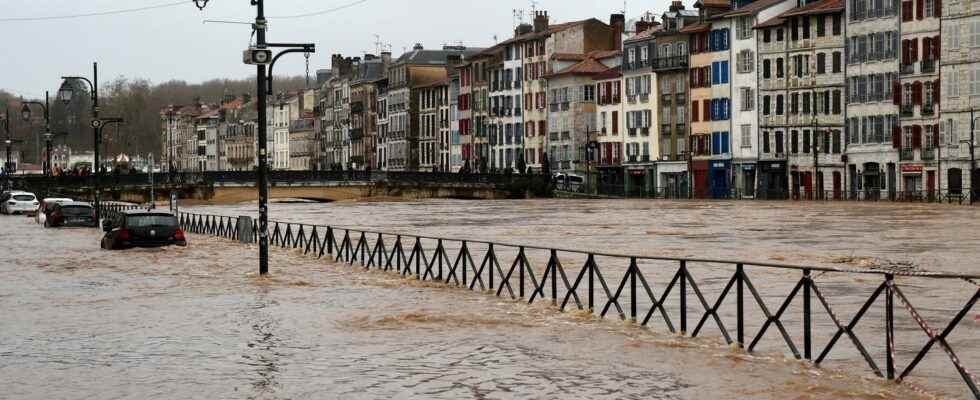France’s delay in adapting to climate change is once again pointed out by theInstitute for Climate Economics (I4CE). In a report published Thursday, June 23, this reference NGO estimates that it would be necessary to invest at least 2.3 billion euros per year to launch the adaptation of the country to floods, heat waves, or fires.
“Our reports are not read”: we followed the scientists ready to train new deputies in climate and biodiversity issues
I4CE has set itself the goal of quantifying the costs of adapting to climate change. In this first publication, the institute has compiled a list of 18 budget decisions that can be “taken now” to anticipate the negative effects of climate change and prevent or minimize the damage that these effects may cause. For instance, “increase and maintain over time the means available to the water agencies for their action in favor of the great water cycle and biodiversity”, for an amount of 300 million per year; “perpetuate an annual budget of support for the extension of good adaptation practices in the city”, for 500 million euros; “bear the additional cost to reinforce the requirements in terms of sustainable constructions and adapted to future heat in the construction of teaching and research buildings”, for 500 million.
According to I4CE, the adaptation policy in France is still too timid. “We are not starting from scratch. Actions have been taken, but they remain largely insufficient given the scale of the issues.” The know-how is however already there as in Romorantin where an MJC has been completely redesigned and rebuilt to deal with the risk of flooding.
In this building, the small kitchen on the ground floor is mounted on jacks to escape the risk of flooding. “In Florida, during the alertssays architect Éric Daniel Lacombe, they have trays to put all their furniture and mount it to a ceiling height. Once the alert has passed, they bring everything back down, without losing much.” This example is quite symbolic. First of all, it was necessary to redistribute the spaces and in particular the ground floor.
“The ground floor, we can no longer use it, that’s the first observation. Reception and administration are on the first floor. You have to say to yourself that there are places that we’re going to lose and places we’re going to win.”
Eric Daniel Lacombe, architectat franceinfo
The MJC also has funny doors that pivot to let the water through if it rises again. “The doors on the ground floor are doors that open in the direction of the current, picks up the architect. This earned me terrible shouting matches with the carpenters, saying to me ‘but Mr. Architect, you are wrong. A door, it always opens inward or always outward.'”

In essence adapting here is about doing with risk. Moreover, in front of the building, we see large metal pontoons with a yellow line which rise in places to almost four meters. “The line is the level of the water when it passed in 2016. We continue to keep a memory, not just with a flood line but with an entire place.” Six years ago, the flood had destroyed this MJC. It is on an arm of the river, in a flood zone but also in the city center.
“It would have been stupid, inept to raze this MJC, says Jeanny Lorgeoux, the mayor of Romorantin. We do not raze a city center that has been historic for centuries.” The renovation cost almost 3 million euros. It was also necessary to remove the concrete around the building to make the passage of water more fluid if necessary, and to circumvent the lack of risk culture on the insurance side. “The drama of insuranceregrets Jeanny Lorgeoux, it’s that the insurance says to you: “I’m ready to put 80%, but it has to be done the same way. As you have to adapt, you can’t do it the same way.”
To specialize in adaptation, the architect Éric Daniel Lacombe was inspired by what is already done in particular in Japan or the Netherlands. In Romorantin, he designed a district fully adapted to flood risks.
